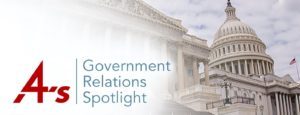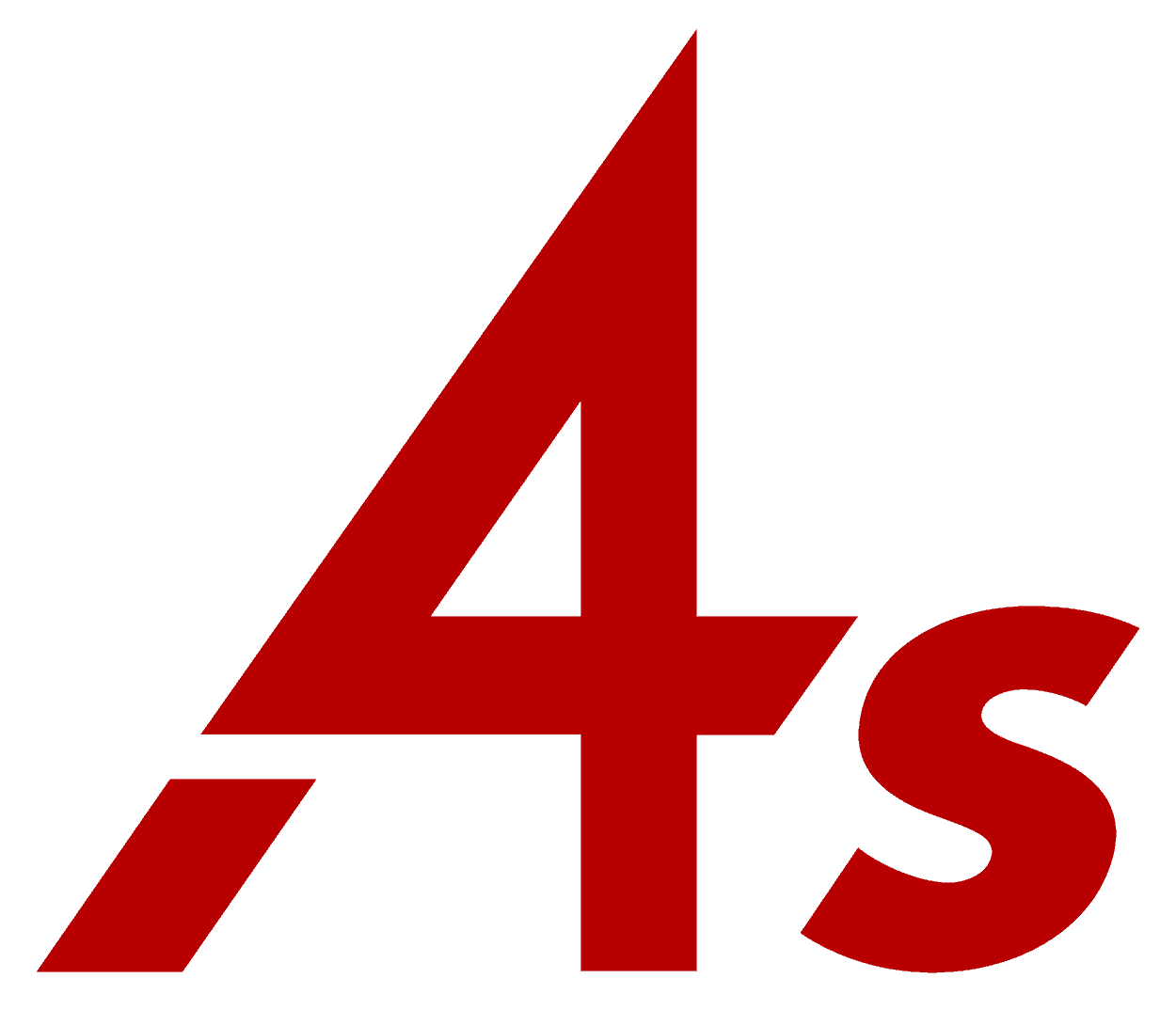Author
Government Relations
Topic
- Government Relations
On Wednesday, March 25, the U.S. Senate passed the $2 trillion Coronavirus Aid, Relief, And Economic Security (CARES) Act, the largest federal response to a disaster in U.S. history.

The final cost of the impact of the coronavirus, both to individuals and to businesses, will not be known for some time—but there’s no question it will be staggering.
With the swirl of coverage around federal efforts to contain the economic fallout of the coronavirus, it can be hard to make sense of what exactly is happening on Capitol Hill—and how it can possibly help agencies.
“A wartime level of investment”
The CARES Act has been the subject of some of the most intense lobbying and midnight negotiations ever seen on Capitol Hill. What started out as a $1 trillion relief package is now up to nearly $2 trillion, a number that will likely continue to escalate.
Sen. Mitch McConnell (R.–Ky.) calls the package a “wartime level of investment,” covering everything from increased funding for unemployment insurance to new funding for hospitals.
In addition to the CARES Act, Congress and the Administration have also initiated new spending in other areas to shore up the American healthcare system and economy. with billion-dollar allocations to the Treasury Department to support secondary-market guarantees, and new allocations to federal regulatory agencies to cover expenses for new staffing and programs.
States and cities are working to offer relief to individuals and businesses hurt by coronavirus. Several private businesses have also offered relief to individuals and businesses.
Agency relief
The CARES Act is more than 880 pages, 80 devoted to small business issues. Many agencies will see relief in the form of assistance to small businesses, covered in Title 1—Keeping American Workers Paid and Employed Act, Section 1101–Section 1114. Some highlights:
- Defines eligibility for loans as a small business, 501c3, 501c19, or Tribal business concern with not more than 500 employees or, if more than 500, the applicable size standard for the industry as provided by the Small Business Administration (SBA). Also eligible: sole proprietors, independent contractors, and other self-employed individuals.
- Establishes the maximum 7a loan amount to $10 million through Dec. 31, 2020, and provides a formula to determine the size of the loan that’s tied to payroll costs incurred by the business.
- Specifies allowable uses of the loan to include payroll support, such as employee salaries, paid sick or medical leave, insurance premiums, and mortgage, rent, and utility payments.
- Provides delegated authority, which lets lenders make determinations on borrower eligibility and creditworthiness without going through the SBA, to all current 7a lenders who make these loans to small businesses. The Act also provides this authority to lenders that join the program and make these loans.
- Requires lenders to determine whether a business was in operation on Feb. 15, 2020, with employees it paid salaries and payroll taxes, or a paid independent contractor, rather than determining repayment ability, which is not possible during this crisis.
- Requires eligible borrowers to make a good-faith certification that the loan is necessary due to the uncertainty of economic conditions due to COVID-19.
- Modifies the Paycheck Protection Program to:
- waive both borrower and lender fees for participation.
- waive its credit elsewhere test for funds provided.
- waive its collateral and personal-guarantee requirements.
- Outlines the treatment of any portion of a loan that is not used for forgiveness. The remaining loan balance will have a maturity of not more than 10 years, and the guarantee for that portion of the loan will remain intact.
- Sets a maximum 4% interest rate.
- Establishes that the borrower will be eligible for loan forgiveness equal to the amount spent by the borrower during an eight-week period after the origination date of the loan on payroll costs; interest payment on any mortgage incurred prior to Feb. 15, 2020; payment of rent on any lease in force prior to Feb. 15, 2020; and payment on any utility for which service began before Feb. 15, 2020.
- Establishes that any loans not forgiven at the end of one year are carried forward as an ongoing loan with terms of a maximum of 10 years, at a maximum of 4% interest. The 100% loan guarantee remains intact.
- Establishes the authority of the Treasury Department, the Farm Credit Administration, and other federal financial regulatory agencies to authorize bank and non-bank lenders to participate in issuing loans, including insured credit unions in loans made under the Paycheck Protection Program.
- Expands access to the SBA Economic Injury Disaster Loans (EIDL), requiring that for any SBA EIDL loans made in response to COVID-19 before Dec. 31, 2020, the SBA will waive any personal guarantee on advances and loans of less than $200,000. The business must have been in operation for the one-year period prior to the disaster.
Swift passage anticipated
House Speaker Nancy Pelosi (D.–Calif.) has made it clear she wants to pass this bill quickly, without House debate. The CARES Act is expected to clear the U.S. House of Representatives with a unanimous consent vote on Friday, March 27, although a potential roll-call vote could delay the final passage, and some language and dollar amounts could change.
After passage, the bill will move to enrollment, and the hard work of implementing it and dispersing its funds will begin.
Here at the 4As, we will continue to keep you as up-to-date as possible on federal relief efforts as they evolve. We know it’s a stressful time for everyone, and we’ll continue to work to be a resource for you in these difficult times.
4As CARES ACT INFORMATION WEBINAR
Tuesday, March 31
2:00-2:30 ET
Now that Congress has formally passed the The CARES Act and the President has signed it, the hard work of implementing the largest economic stimulus plan ever proposed will begin. The CARES Act, at almost 900 pages long, will impact businesses and American workers in every way imaginable.
But for many agencies, Title I of the CARES Act, Keeping American Workers Paid And Employed, will be the section of the Act that has the potential to provide the most immediate relief for agencies. Title I is the section of the Act that covers what kind of loans small businesses will be eligible for, what kind of expenses these loans can be used for, and what small businesses will need to do to ensure that they will be eligible for loan forgiveness for some or all of the loan.
Come join Arthur Cirulnick, Partner at Venable LLP specializing in corporate banking and transactions, Mollie Rosen, EVP, Member Engagement & Development, 4As, and Alison Pepper, SVP, Government Relations, 4As to learn more about how the CARES Act can help your agency maintain liquidity in these uncertain times.
Please note that while there are many provisions of The CARES Act that could potentially be applicable to your agency, the scope of this webinar will be limited to Title I of the Act focusing on small business relief in the form of loans and loan forgiveness. In the interest of time and addressing as many common questions as possible, please submit questions to Alison Pepper at [email protected].
Speakers:
Arthur Cirulnick, Partner, Venable LLP
Alison Pepper, SVP, Government Relations, 4As
Mollie Rosen, EVP, Member Engagement & Development, 4As
Additional Guidance from U.S. Senate Committee on Small Business & Entrepreneurship
The Small Business Owners Guide to the CARES Act




